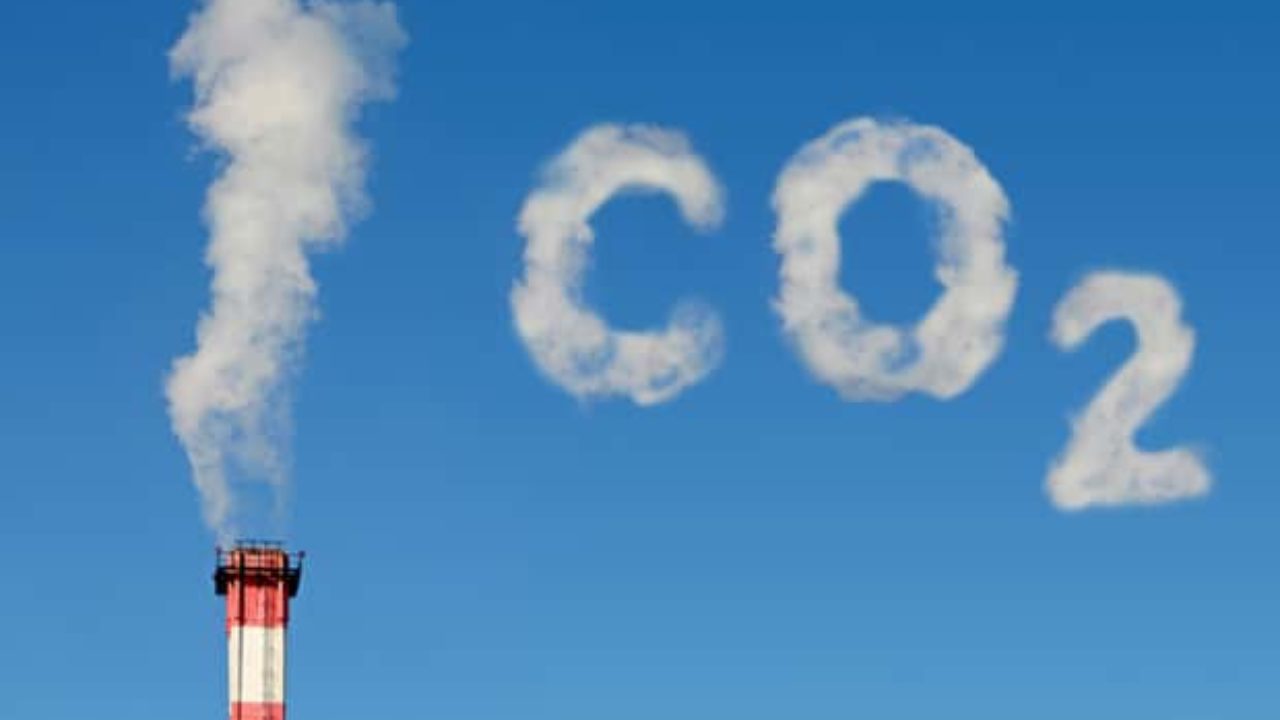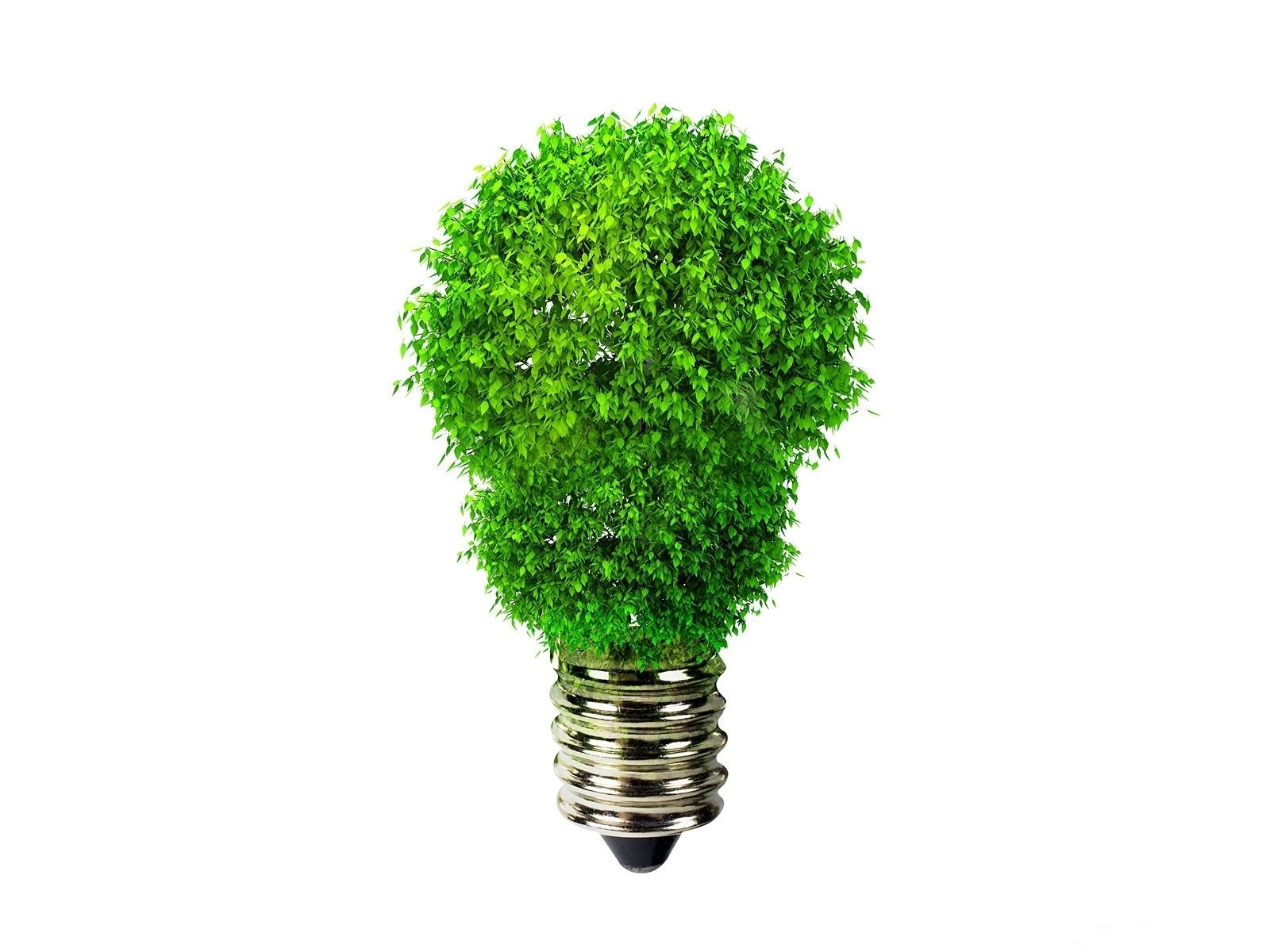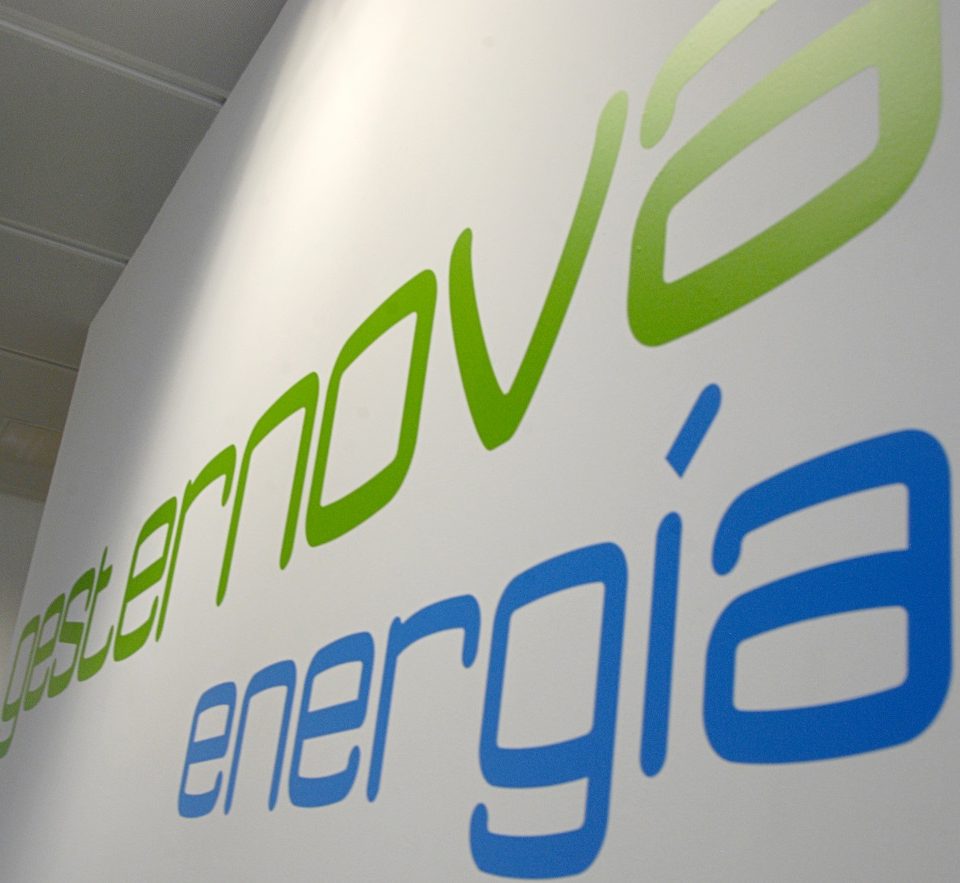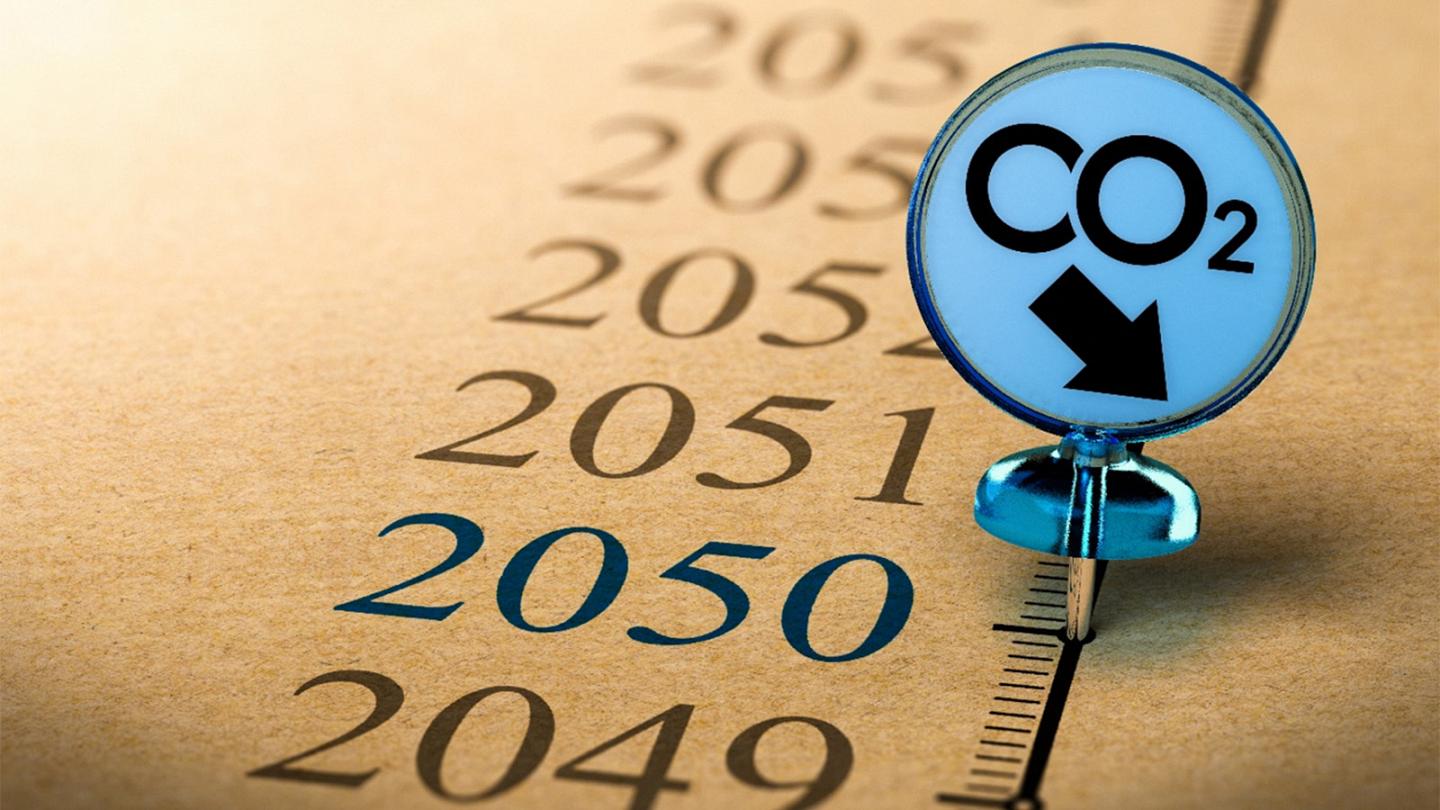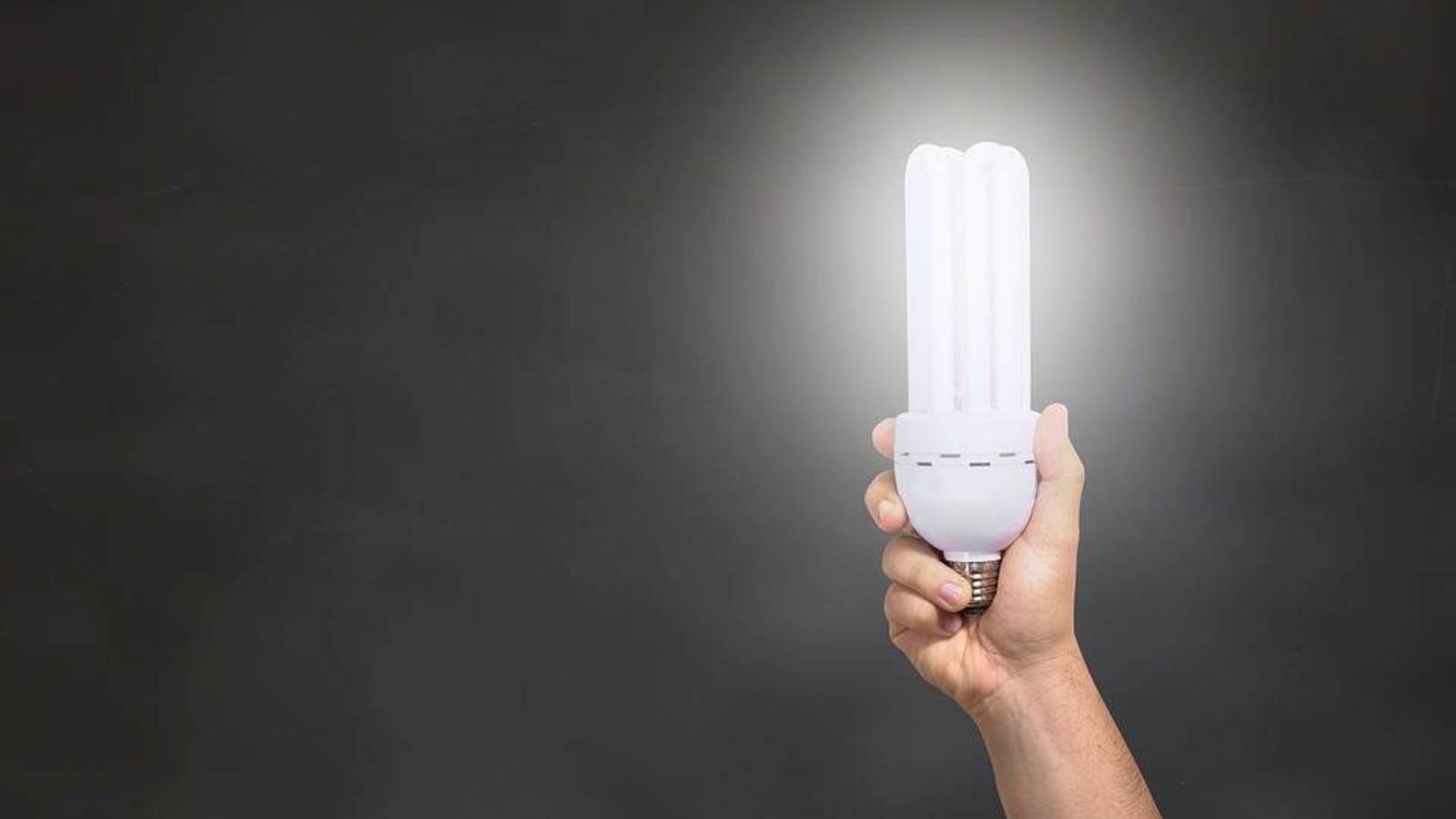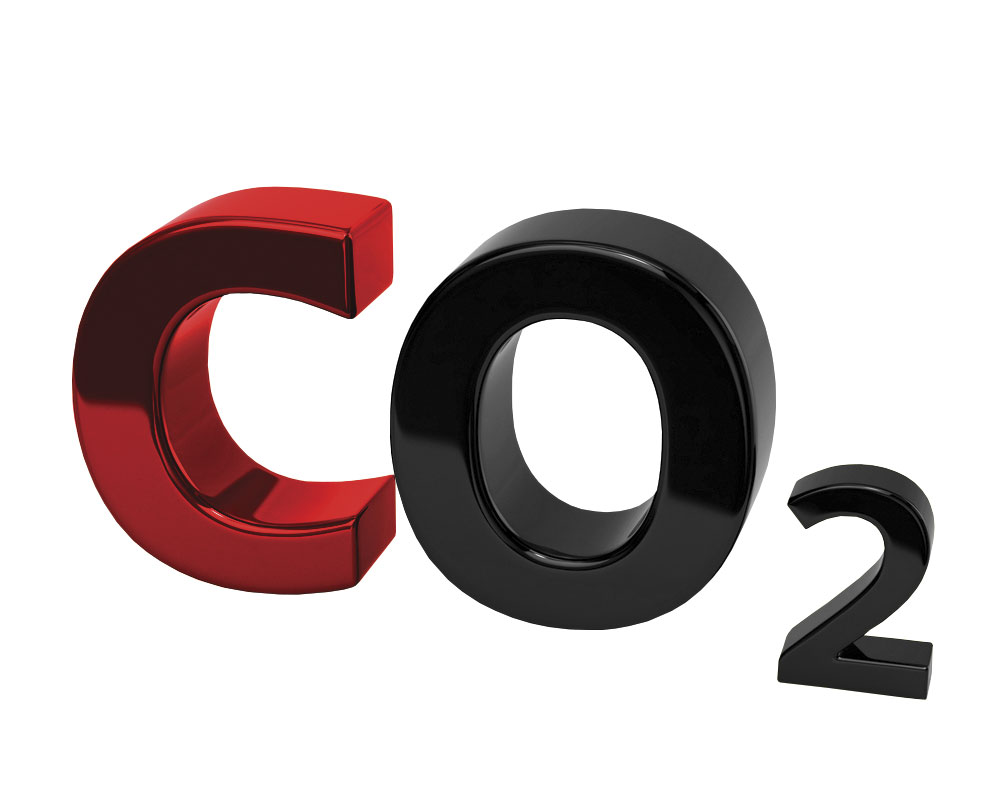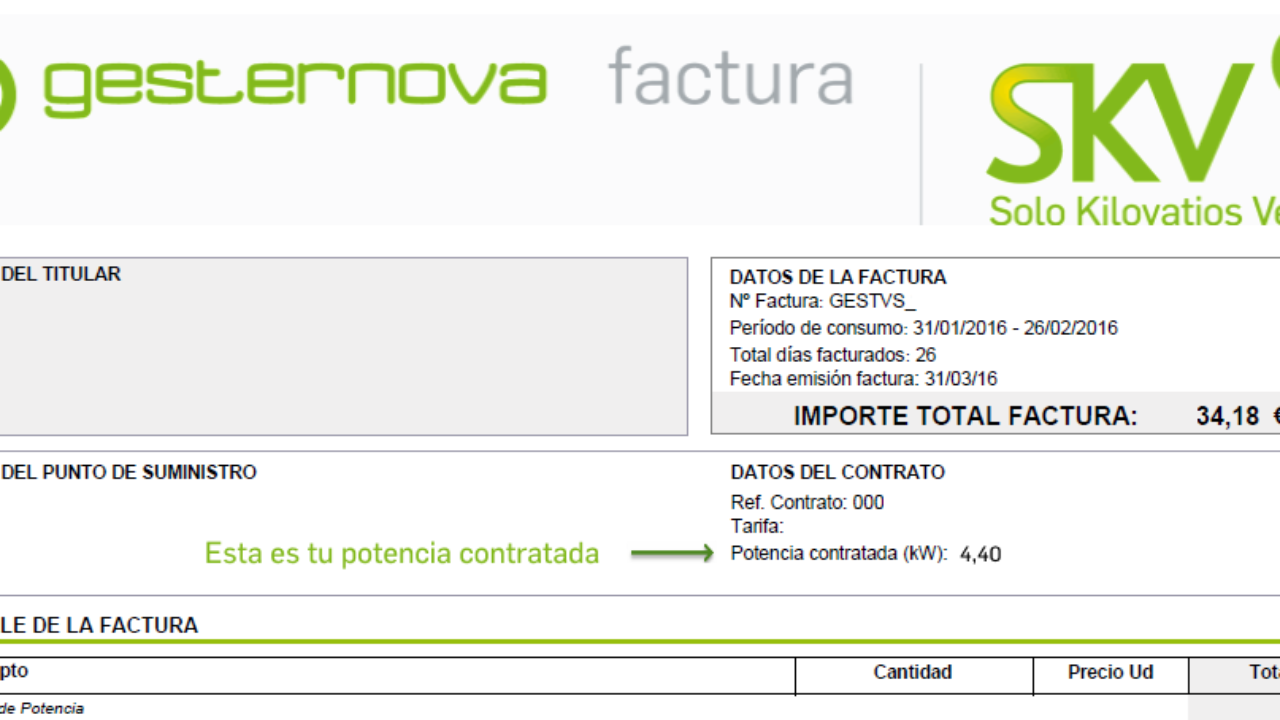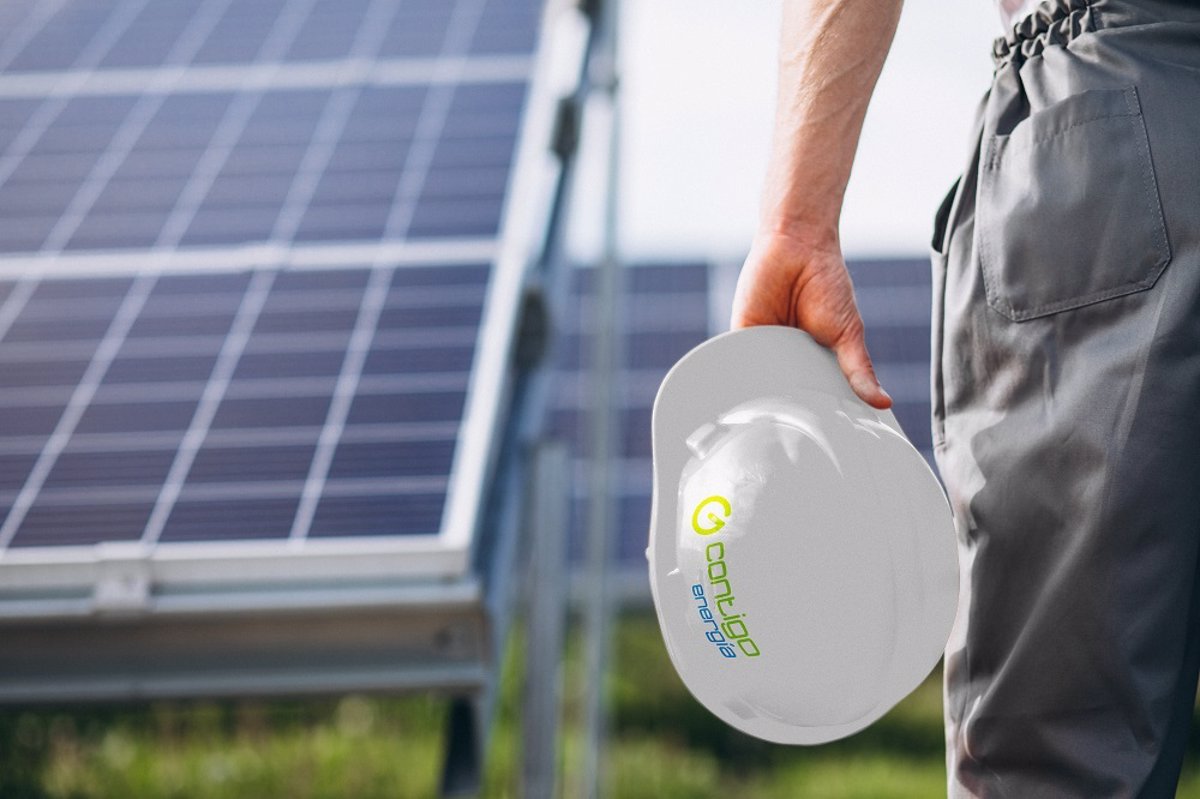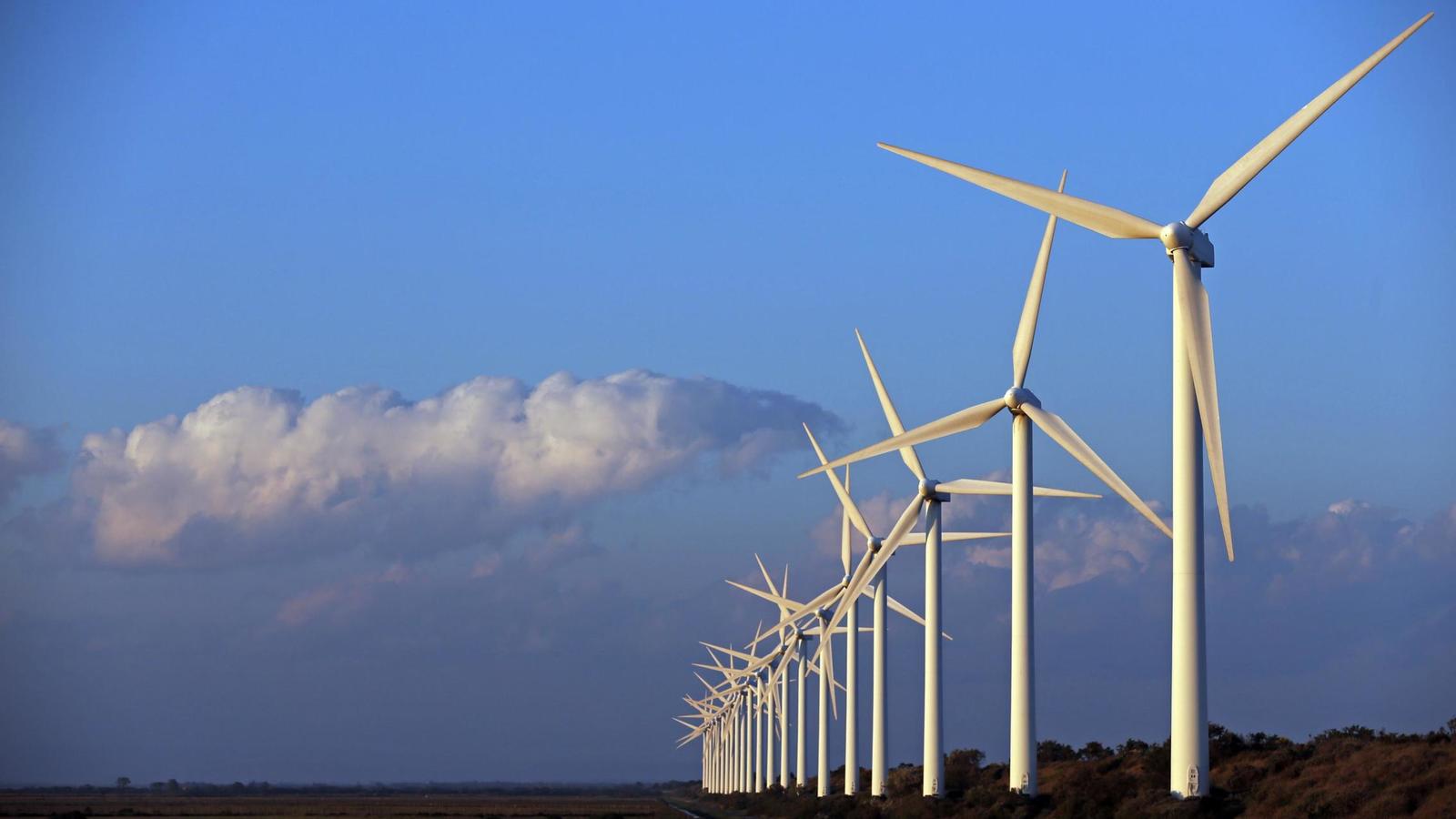If you want to know more about the activities of Gesternova in Spain we offer you in this publication a complete guide about its services, its commitment to Green Energy and the reduction of Co2 emissions, and a series of related concepts
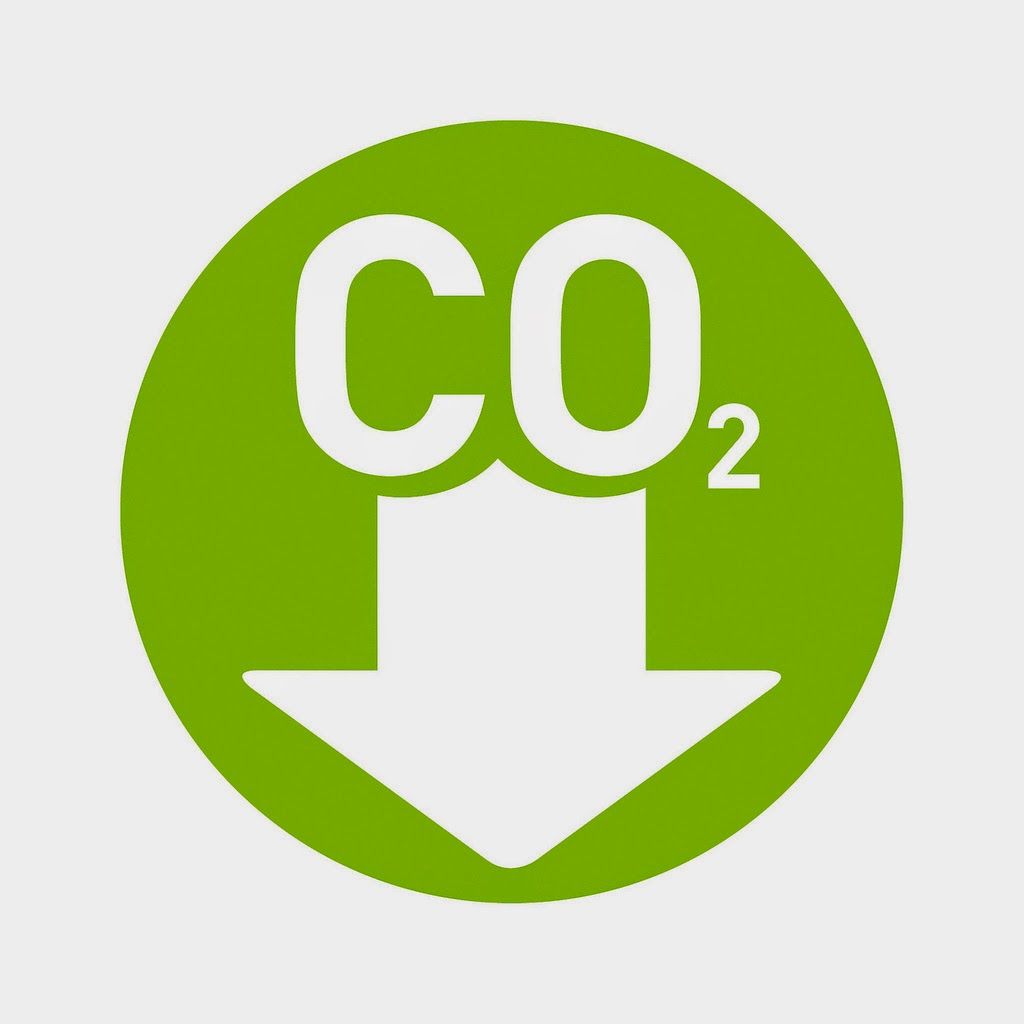
What is Gesterova?
Gesternova is a Spanish energy company established in 2005 to provide 100% renewable electricity bills for homes and businesses. Currently, more than 23.000 customers have signed up for one of the electricity bills. Learn here the prices, conditions and Reviews of its customers.
The Gesternova Energía group is an independent organization that does not belong to any energy conglomerate, except in Ceuta and Melilla, it sells electricity throughout Spain. Gesternova operates in the free electricity market and offers concentrated lighting rates for domestic and commercial use. Electricity vendors are also responsible for representing the market for more than 9.000 renewable energy producers.
Basic data
- CIF: A84337849
- Postal Address: Paseo de la Castellana, 259, C. Crystal Tower, 28046, Madrid.
- Phone de Gesternova: 900 373 105
Price Plans
Gesternova offers different electricity prices for houses or companies for sale. Among these tariffs, we can find an ideal tariff, so you don't have to worry about time-consuming and time-discriminating tariffs, because the electricity price during the day is higher than the electricity price for the night. evening. Gesternova has not yet marketed natural gas rates.
From the start of the service, all Gesternova home prices remain the same for one year. The company will contact you at the end of each year to notify you of possible price changes in their prices.
It should be remembered that there is no time limit in the company, so you can change marketers at any time without paying extra. In the Balearic and Canary Islands, Gesternova's electricity prices have changed little.
- Tariff / Term of Power / Term of Consumption
- I Change 0.1152 €/kW day 0.1175 €/kWh
- Night and day €0.1152/kW day Peak: €0.1490/kWh
- Valley: €0.0703/kWh
- Indexed €0.1152/kW day Market price
Business Rates
- Tariff / Term of Power / Term of Consumption
- MeCambio PLUS 0.1218 €/kW day 0.1300 €/kWh
- Night and day PLUS €0.1218/kW Peak day: €0.1625/kWh
- Valley: €0.085/kWh
- Indexed PLUS 0.1218 €/kW day Market price
- Savings Rate 3.0 Peak: €0.1184/kW day Peak: €0.1142/kWh
- Valley: €0.074/kW day Valley: €0.0988/kWh
- Supervalley: €0.051/kW day Supervalley: €0.0748/kWh
- Indexed 3.0 Peak: €0.1116/kW day Market price
- Valley: €0.0669/kW day
- Supervalley: €0.0446/kW day
- Prices without VAT applied.
Rates for Electric Vehicles
- Tariff Term of Power Term of Consumption
- SuperValle 2.0DHS 0.1152 €/kW day Peak: 0.1527 €/kWh
- Valley: €0.0859/kWh
- Super valley: €0.0729/kWh
- SuperValle Plus 2.1 DHS 0.1218 €/kW day Peak: 0.1652 €/kWh
- Valley: €0.0988/kWh
- Super valley: €0.0765/kWh
Gesternova phone numbers
- Contact / Telephone
- New hires 91 076 66 35
- Customer Service 900 373 105 / 91 357 52 64
- Customer service email comercial@gesternova.com / info@gesternova.com
- Email for clients comercial@gesternova.com
- Press 91 357 52 64
- Press email comunicacion@gesternova.com
Carbon Dioxide Removal
Carbon Dioxide Removal or Reduction (CDR), also known as greenhouse gas removal, is a process in which carbon dioxide gas (CO2) is removed from the atmosphere and sequestered for long periods of time .
In the context of net greenhouse gas emissions targets, DRC is becoming increasingly integrated into climate policy DRC methods are also known as negative emission technologies as they offset greenhouse gas emissions from of practices such as the burning of fossil fuels.
Alternatives
CDW methods include afforestation, agricultural practices that sequester carbon in soils, bioenergy with carbon capture and storage, fertilization of the oceans, enhanced weathering, and direct capture from the air when combined with storage. To assess whether net negative emissions are achieved with a particular process, a comprehensive life cycle analysis of the process must be performed.
Alternatively, some sources use the term "carbon dioxide removal" to refer to any technology that removes carbon dioxide, such as direct capture from the air, but can be applied in a way that increases rather than decreases emissions over time. process life cycle.
The IPCC analysis of climate change mitigation pathways that are consistent with limiting global warming to 1,5°C concluded that all pathways assessed include the use of CDW to offset emissions.
A 2019 consensus report by NASEM concluded that, using existing CDW methods at scales that can be safely and economically deployed, there is the potential to remove and sequester up to 10 gigatonnes of carbon dioxide per year, offsetting greenhouse gas emissions at a fifth of the rate at which they are being produced.
Concepts that use similar terminology
CDW can be confused with carbon capture and storage (CCS), a process in which carbon dioxide is collected from point sources, such as gas-fired power plants, whose stacks emit CO2 in a concentrated stream. When used to sequester carbon from a gas-fired power plant, CCS reduces emissions from continued use of the point source, but it does not reduce the amount of carbon dioxide that is already in the atmosphere.
Potential for climate change mitigation
Using CDR in parallel with other efforts to reduce greenhouse gas emissions, such as renewable energy deployment, is likely to be less costly and disruptive than using other efforts alone.
https://www.youtube.com/watch?v=AlSj_yarCfU
A 2019 consensus study report by NASEM assessed the potential of all forms of CDW other than ocean fertilization that could be safely and economically deployed using current technologies, estimating that they could remove up to 10 gigatonnes of CO2 per year, if fully implemented worldwide, accounting for a fifth of the 50 gigatonnes of CO2 emitted per year from human activities.
In the 2018 IPCC analysis of ways to limit climate change, all of the mitigation pathways analyzed that would prevent more than 1,5°C of warming included CDW measures.
Mitigation Pathways
Some mitigation pathways propose to achieve higher CDW rates through mass deployment of a technology, however these pathways mean that hundreds of millions of hectares of farmland are converted to biofuel crops.
Additional research in the areas of direct air capture, geological carbon dioxide sequestration, and carbon mineralization could potentially produce technological advances that make higher CDW rates economically viable.
The 2018 IPCC report stated that reliance on large-scale deployment of CDW would be a "major risk" to achieving the goal of less than 1,5°C of warming, given uncertainties about how quickly it can be achieved. deploy RCD at scale
Strategies to mitigate climate change that rely less on CDW and more on sustainable energy use carry less of this risk. The possibility of a future large-scale deployment of RCD has been described as a moral hazard, as it could lead to a short-term reduction in efforts to mitigate climate change.
Carbon Removal
Carbon sequestration or carbon dioxide removal (CDR) is the long-term removal, capture, or sequestration of carbon dioxide from the atmosphere to slow or reverse CO2 air pollution and to mitigate or reverse global warming.
Carbon dioxide (CO2) is naturally captured from the atmosphere through biological, chemical and physical processes. These changes can be accelerated through changes in land use and agricultural practices, such as the conversion of cropland and cattle grazing to land for fast-growing non-crop plants.
Processes
Artificial processes have been devised to produce similar effects, including the large-scale artificial capture and sequestration of industrially produced CO2 using saline underground aquifers, reservoirs, ocean water, aging oil fields or other carbon sinks, bioenergy with carbon capture and storage, biochar, ocean fertilization, enhanced weathering, and direct airborne capture when combined with storage.
The likely need for RCD has been publicly expressed by a number of climate change-related individuals and organizations, including IPCC chief Rajendra Pachauri, UNFCCC executive secretary Christiana Figueres, and the World Watch Institute.
Institutions with major programs focused on CDR include the Lenfest Center for Sustainable Energy at Columbia University's Earth Institute, and the Center for Climate Decision-Making, an international collaboration operating in the Department of Engineering and Public Policy at Carnegie-Mellon University.
Description
Carbon sequestration is the process of capturing and long-term storage of atmospheric carbon dioxide (CO2) and can refer specifically to: "The process of removing carbon from the atmosphere and depositing it in a reservoir" When carried out deliberately, it can also be called carbon dioxide removal, which is a form of geoengineering.
Carbon capture and storage, where carbon dioxide is extracted from flue gases (eg in power plants) before being stored in underground reservoirs.
The natural biogeochemical cycling of carbon between the atmosphere and reservoirs, for example through chemical weathering of rocks. Carbon dioxide can be captured as a pure by-product in processes related to oil refining or from flue gases from power generation.
Important aspects
Carbon sequestration describes the long-term storage of carbon dioxide or other forms of carbon to mitigate or delay global warming and prevent dangerous climate change. It has been proposed as a way to curb the atmospheric and marine buildup of greenhouse gases, which are released by the burning of fossil fuels and, to a greater extent, by industrial livestock production.
Carbon dioxide is captured naturally from the atmosphere through biological, chemical or physical processes. Some artificial sequestration techniques take advantage of these natural processes, while others use entirely artificial processes.
3 forms
There are three ways to carry out this sequestration: post-combustion capture, pre-combustion capture, and oxy-firing. A wide variety of separation techniques are being applied, such as gas phase separation, absorption in a liquid and adsorption in a solid, as well as hybrid processes, such as adsorption/membrane systems.
These processes essentially capture the carbon emitted by new-generation power plants, factories, fuel-burning industries, and livestock production facilities as they transition to restorative agriculture techniques, which organizations turn to when seeking to reduce emissions. carbon emissions from its operations.
biological processes
Biosequestration
Biosequestration is the capture and storage of the atmospheric greenhouse gas, carbon dioxide, by continuous or enhanced biological processes. This form of carbon sequestration occurs by increasing rates of photosynthesis through land use practices such as reforestation, sustainable forest management, and genetic engineering.
Carbon sequestration through biological processes affects the global carbon cycle. Some examples are large climatic fluctuations, such as the Azolla event, which created the current arctic climate. Such processes created fossil fuels as well as clathrates and limestone. By manipulating these processes, geoengineers aim to improve sequestration.
peat bogs
Peatlands act as carbon sinks due to the accumulation of partially decomposed biomass that would otherwise continue to fully decompose. There is variation in the extent to which peatlands act as a carbon sink or source that may be related to the variation in climates in different parts of the world and different times of the year.
By creating new peatlands, or enhancing existing ones, the amount of carbon that is sequestered by peatlands would increase.
Forestry
Afforestation is the establishment of a forest in an area where there was no tree cover previously. Reforestation is the replanting of trees on cropland and marginal pastures to incorporate carbon from CO2 into biomass. For this carbon sequestration process to be successful, the carbon must not be returned to the atmosphere by massive burning or rotting when trees die.
To do this, land allocated to trees should not be converted to other uses and management of the frequency of disturbances may be necessary to avoid extreme events. Another possibility is that the trees' own wood is sequestered, for example through biochar, bioenergy carbon storage (BECS), landfills, or 'stored' through use, for example in construction.
However, in the absence of perpetual growth, reforestation with long-lived trees (>100 years) will sequester carbon for a considerable period and gradually release it, minimizing carbon's climate impact during the XNUMXst century.
Other Aspects
The Earth offers enough space to plant an additional 1,2 trillion trees. Planting and protecting them would offset about 10 years of CO2 emissions and sequester 205.000 billion tons of carbon.
This approach is supported by the Trillion Trees Campaign. Restoring all of the world's degraded forests would sequester about 205.000 billion tons of carbon in total (about 2/3 of all carbon emissions).
In an article published in the journal Nature Sustainability, the researchers studied the net effect of continuing to build according to current practices versus increasing the amount of wood products and concluded that if new construction used 30% wood products over the next 90 years of wood, 700 million tons of carbon would be sequestered. This is equivalent to the global emissions of about 7 days in 2019.
urban forestry
Urban forestry increases the amount of carbon sequestered in cities by adding new tree sites, and carbon sequestration occurs throughout the life of the tree. It is generally practiced and maintained on smaller scales, such as in cities.
The results of urban forestry can be different depending on the type of vegetation used, so it can function as a sink but also as a source of emissions Along with sequestration by plants, which is difficult to measure but seems to have little effect on the total amount of carbon dioxide captured, vegetation can have indirect effects on carbon by reducing the need for energy consumption.
wetland restoration
Wetland soil is an important carbon sink; 14,5% of the world's soil carbon is found in wetlands, while only 6% of the world's land is made up of wetlands.
Agriculture
Compared to natural vegetation, farmland soils are depleted in soil organic carbon (SOC). When a soil is converted to natural or semi-natural land, such as forests, woodlands, grasslands, steppes and savannahs, the SOC content in the soil is reduced by 30-40%. This loss is due to the removal of carbon-containing plant material, in terms of crops.
When land use changes, soil carbon increases or decreases, and this change continues until the soil reaches a new equilibrium. Deviations from this balance can also be affected by climate variation.
The decrease in SOC content can be counteracted by increasing carbon input, which can be done with various strategies, for example leaving crop residues in the field, using manure as fertilizer or including perennial crops in the rotation. Perennial crops have a higher fraction of biomass below ground, which increases the SOC content.
Global impact
Globally, soils are estimated to contain more than 8.580 gigatonnes of organic carbon, about ten times the amount in the atmosphere and much more than in vegetation.
Modifying agricultural practices is a recognized method of carbon sequestration, as the soil can act as an effective carbon sink offsetting up to 20% of 2010 carbon dioxide emissions annually.
Restoration of organic agriculture and earthworms can fully offset the annual excess carbon of 4 Gt per year and reduce residual atmospheric excess.
Methods
Methods of reducing carbon emissions in agriculture can be grouped into two categories: reducing and/or displacing emissions and enhancing carbon removal. Some of these reductions involve increasing the efficiency of farming operations (for example, more fuel-efficient equipment), while others involve disruptions to the natural carbon cycle.
In addition, some effective techniques (such as the elimination of stubble burning) can have a negative impact on other environmental aspects (increased use of herbicides to control weeds that are not destroyed by burning).
Other methods
Blue carbon refers to carbon dioxide removed from the atmosphere by the world's ocean ecosystems, primarily algae, mangroves, salt marshes, seagrasses, and macroalgae, through plant growth and the accumulation and burial of organic matter in the ocean. ground.
Historically, the ocean, atmosphere, soil, and terrestrial forest ecosystems have been the largest natural sinks of carbon (C). 'Blue carbon' designates carbon that is fixed through larger ocean ecosystems, rather than traditional terrestrial ecosystems such as forests. The oceans cover 70% of the planet, so the restoration of ocean ecosystems has the greatest potential for blue carbon development.
Mangroves, salt marshes, and seagrasses make up the majority of vegetated habitats in the ocean, but account for only 0,05% of plant biomass on land.
Meta
Despite their small footprint, they can store a comparable amount of carbon per year and are very efficient carbon sinks. Seagrasses, mangroves, and salt marshes can capture carbon dioxide (CO2) from the atmosphere by sequestering C in their underlying sediments, belowground and belowground biomass, and dead biomass.
In plant biomass, such as leaves, stems, branches or roots, blue carbon can be sequestered for years or decades, and for thousands or millions of years in underlying plant sediments. Current estimates of the long-term C burial capacity of blue carbon are variable, and research is ongoing.
Although vegetated coastal ecosystems cover less land and have less aboveground biomass than terrestrial plants, they have the potential to influence long-term C sequestration, particularly in sediment sinks.
Concerns
One of the main concerns about blue carbon is that the rate of loss of these important marine ecosystems is much higher than any other ecosystem on the planet, even compared to tropical forests.
Current estimates suggest a loss of 2-7% per year, not only loss from carbon sequestration, but also loss of important habitat for climate management, coastal protection and health.
Gesternova: Green Energy
Green energy is any type of energy that is generated from natural resources, such as sunlight, wind, or water. It usually comes from renewable energy sources, although there are some differences between renewable energy and green energy, which we will discuss below.
The key to these energy resources is that they do not harm the environment due to factors such as the emission of greenhouse gases into the atmosphere.
How It Works
As an energy source, green energy typically comes from renewable energy technologies such as solar power, wind power, geothermal power, biomass, and hydropower. Each of these technologies works in different ways, either by taking energy from the sun, as in the case of solar panels, or by using wind turbines or the flow of water to generate power.
What does it mean?
To be considered green energy, a resource cannot produce pollution, as is the case with fossil fuels. This means that not all sources used by the renewable energy industry are green. For example, power generation that burns organic material from sustainable forests may be renewable, but it is not necessarily green, due to the CO2 produced by the combustion process itself.
Green energy sources are often naturally replenished, unlike fossil fuel sources like natural gas or coal, which can take millions of years to develop. Green sources also often avoid mining or drilling operations that can be detrimental to ecosystems.
Types of Green Energy
The main sources are wind power, solar power, and hydroelectric power (including tidal power, which uses energy from tides in the sea). Solar and wind power can be produced on a small scale in homes or alternatively can be generated on a larger industrial scale.
The six most common forms are as follows
1. Solar energy
This common green renewable energy source is typically produced using photovoltaic cells that capture sunlight and convert it into electricity. Solar energy is also used to heat buildings and hot water, as well as for cooking and lighting. Today, solar energy is affordable enough to be used for domestic purposes, including lighting gardens, but it is also used on a larger scale to power entire neighborhoods.
https://www.youtube.com/watch?v=rQ-3hSdJI-0
2. Wind power
Especially suited to offshore and high-altitude locations, wind power uses the force of airflow around the world to drive turbines that then generate electricity.
3. Hydraulic power
Also known as hydroelectric power, this type of green energy uses the flow of water in rivers, streams, dams, or anywhere else to produce energy. Hydroelectric power can work even on a small scale using the flow of water through pipes in the home or it can come from evaporation, rain or tides in the oceans.
The degree of “ecology” of the following three types of green energy depends on how they are created…
4. Geothermal energy
This type of green energy uses thermal energy stored under the earth's crust. Although access to this resource requires drilling, which calls into question the environmental impact, it is a huge resource once tapped. Geothermal energy has been used to bathe in hot springs for thousands of years and this same resource can be used to turn steam to turn turbines and generate electricity.
The energy stored under the United States is enough to produce 10 times more electricity than coal can currently produce. Although some nations, such as Iceland, have easily accessible geothermal resources, it is a location-dependent resource for ease of use, and to be fully “green” drilling procedures must be closely monitored.
5. Biomass
This renewable resource must also be carefully managed in order to be labeled as a "green energy" source. Biomass power plants use waste wood, sawdust and combustible organic agricultural residues to create energy. Although the burning of these materials releases greenhouse gases, these emissions are still much lower than those of petroleum-derived fuels.
6. Biofuels
Instead of burning the biomass as mentioned above, these organic materials can be converted into fuels such as ethanol and biodiesel. Having supplied only 2,7% of global transport fuel in 2010, biofuels are estimated to have the capacity to meet more than 25% of global transport fuel demand in 2050.
Importance of Green Energy
Green energy is important for the environment as it replaces the negative effects of fossil fuels with greener alternatives. Derived from natural resources, green energy is also often renewable and clean, meaning it emits little or no greenhouse gases and is often readily available.
Even when the full life cycle of a green energy source is taken into account, they release far fewer greenhouse gases than fossil fuels, as well as few or low levels of air pollutants. This is not only good for the planet, but it is also better for the health of people and animals that have to breathe the air.
Green energy can also lead to stable energy prices, as these sources are often produced locally and are not as affected by geopolitical crises, price spikes, or supply chain disruptions.
Economic benefits
The economic benefits also include the creation of jobs in the construction of the facilities, which often serve the communities in which the workers are employed. Renewable energy saw the creation of 11 million jobs worldwide in 2018, and this number is set to grow as we strive to meet goals like grid zero.
Due to the local nature of energy production through sources such as solar and wind, energy infrastructure is more flexible and less dependent on centralized sources that can cause interruptions, as well as being less resilient to climate change related to the weather.
Green energy also represents a low-cost solution to energy needs in many parts of the world. This will only get better as costs continue to fall, further increasing the accessibility of green energy, especially in the developing world.
If this material has been useful to you, we invite you to consult other articles with related or relevant information:
Hello, Luz Spain: The 100% green company
goiener: Energy Generation and Consumption
Agrienergy: Telephone Electricity and Rates in Spain
